
Accessories, porcelain and clothing, symbols of the vibrant Baba Nyonya culture, take center stage at the Exploring the World of Baba Nyonya exhibition in Qionghai, Hainan province, from March 26 to June 26. (Photo provided to China Daily)
The exhibition has curated a collection of 124 pieces and sets of cultural relics from the Asian Civilisations Museum and the Peranakan Museum in Singapore, along with 13 pieces of Peranakan furniture from the China (Hainan) Museum of The South China Sea.
Drawing on cultural relics and historical materials, the exhibition balances both popularity and professionalism to showcase the important cultural elements from a variety of perspectives. From Peranakan portraits to traditional clothing, household items, wedding customs and architectural styles, the exhibition offers a comprehensive view of the vibrant and intricate Baba Nyonya world.
Clothing and accessories stand as the hallmark cultural representatives of the Baba Nyonya culture. They serve as a bridge between the past and present, blending traditional aesthetics with contemporary styles to create a unique sartorial expression.
One of the most iconic examples of Baba Nyonya fashion is the traditional attire of the Nyonya, known as the Kebaya. This traditional blouse-dress encapsulates the rich cultural heritage of the community, featuring intricate embroidery, vibrant colors and delicate patterns that tell stories of tradition and craftsmanship. The Kebaya not only preserves traditional cultural elements but also evolves with the times, inspiring contemporary fashion trends in Singapore, Malaysia and Indonesia, notes WeChat public account Museum Headlines.
Beyond clothing, accessories play a vital role in enhancing the beauty and storytelling of Baba Nyonya fashion. Intricately beaded shoes, ornate jewelry and delicate hair ornaments are just a few examples of the accessories that adorn Baba Nyonya garments, adding an extra layer of detail and symbolism to the overall look.
The food culture of the Baba Nyonya community is a testament to the intricate fusion of Chinese traditions and local influences. Their dishes often incorporate auspicious elements drawn from Chinese culture in the hope of bringing luck, prosperity and good fortune to the dining table.








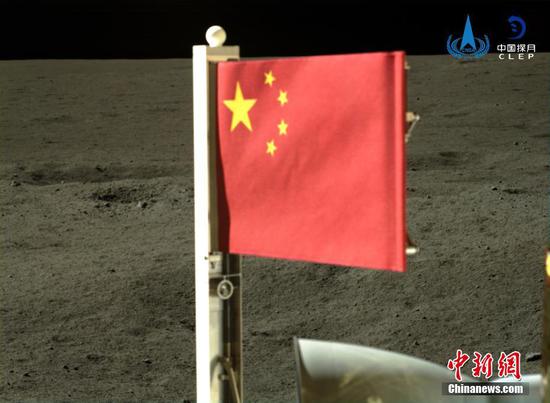




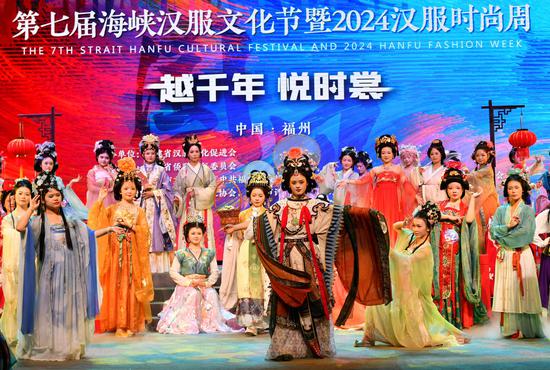

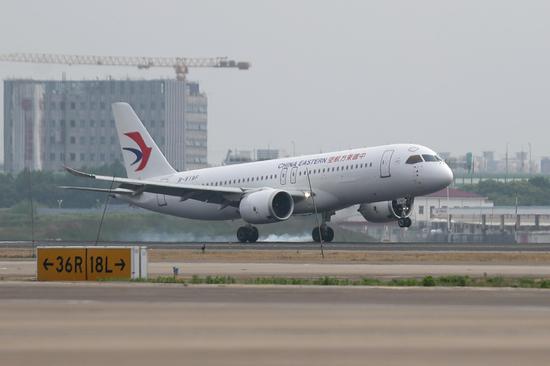





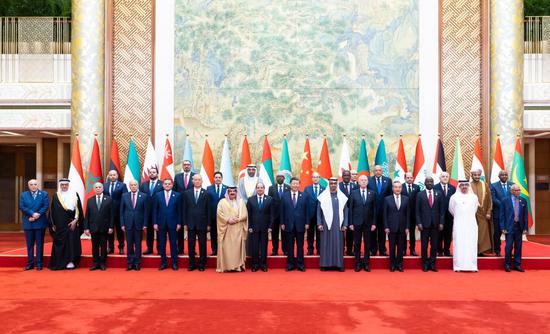
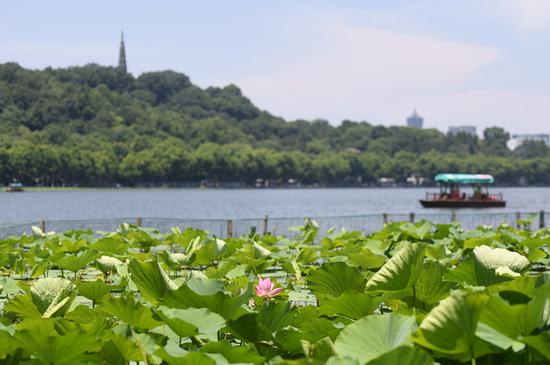
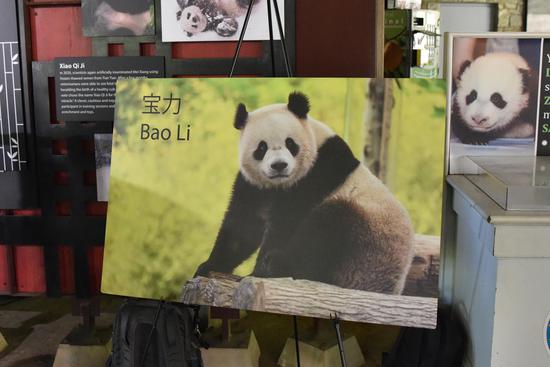

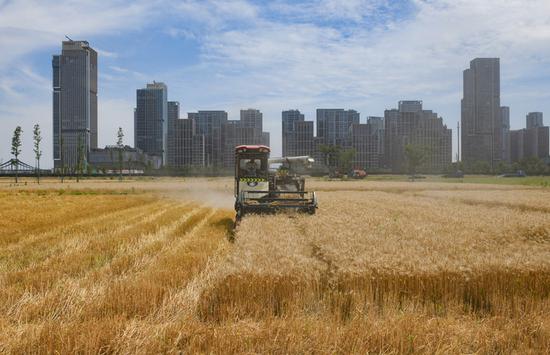



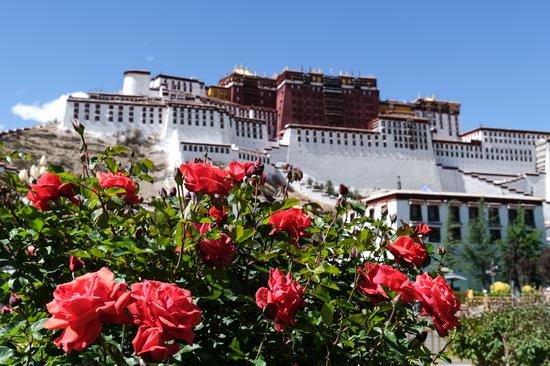
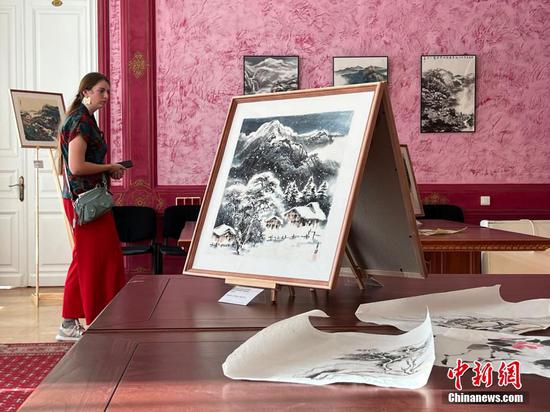

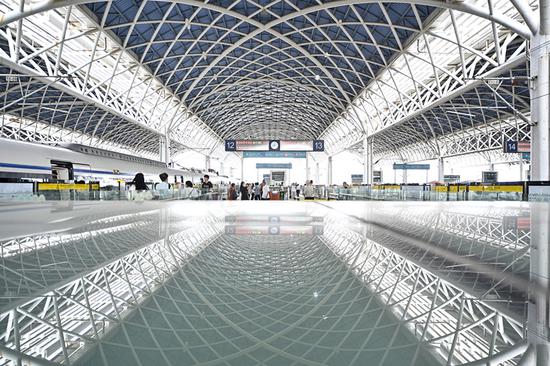



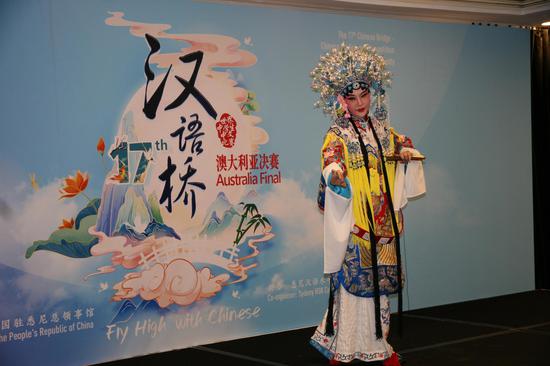




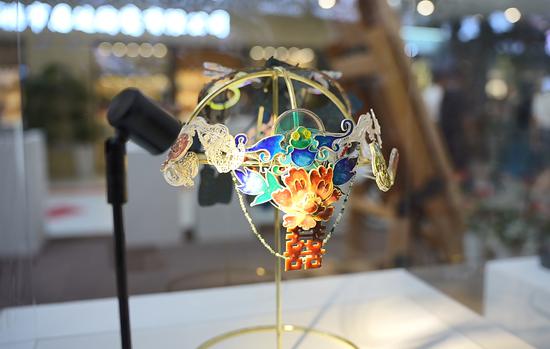
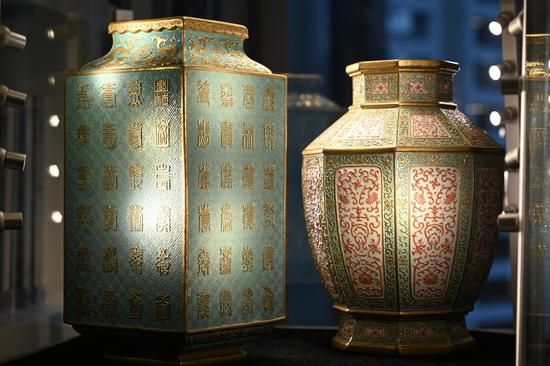



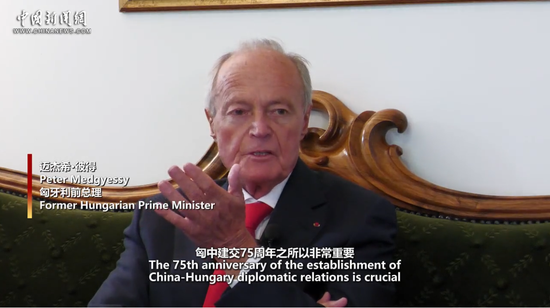

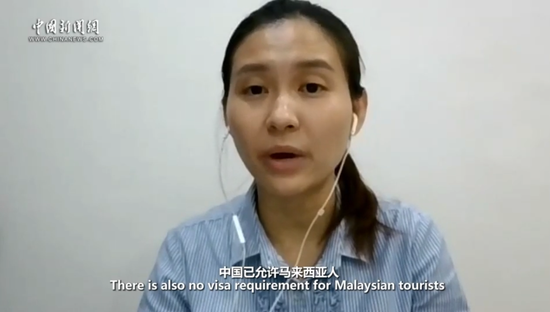

 京公网安备 11010202009201号
京公网安备 11010202009201号